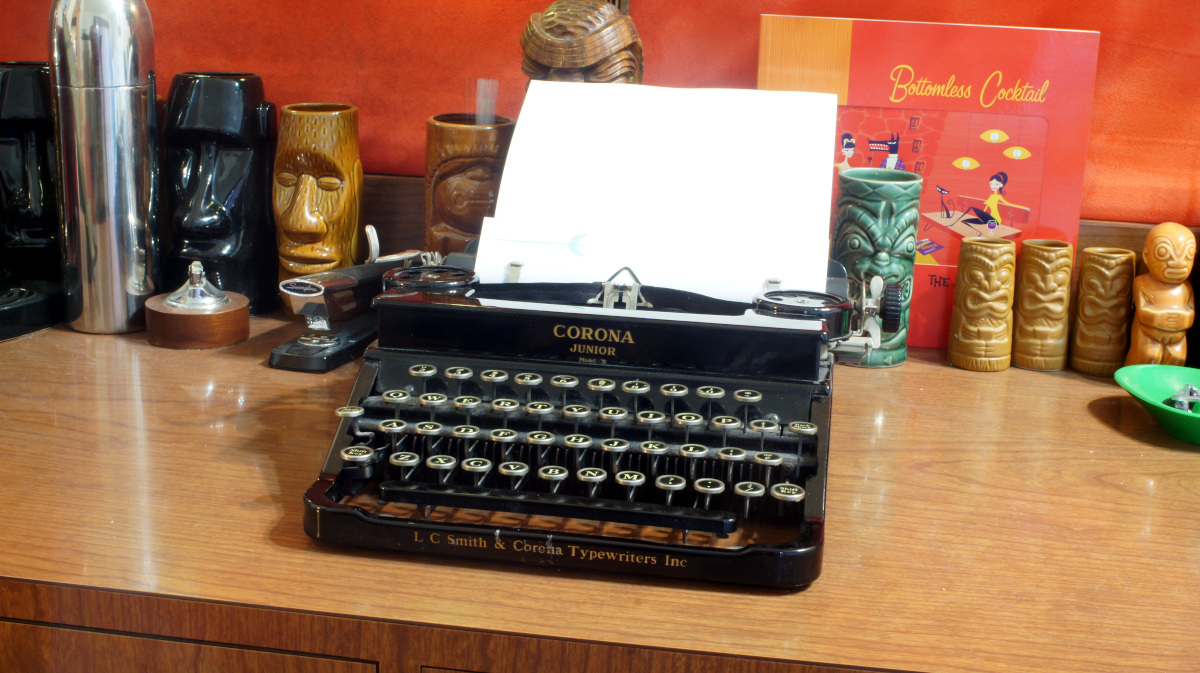
Weapon of Choice: 1938 Corona Junior Model “S”. I guess it’s a stretch to call them “Scores”, since Key Snap (Erik) offered them to me as he was slimming down his collection, and I didn’t find them in the wild…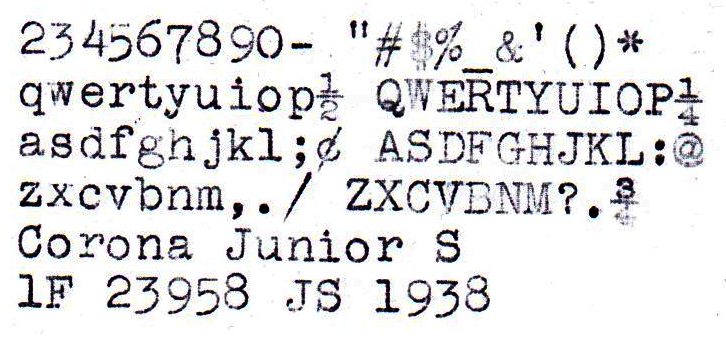

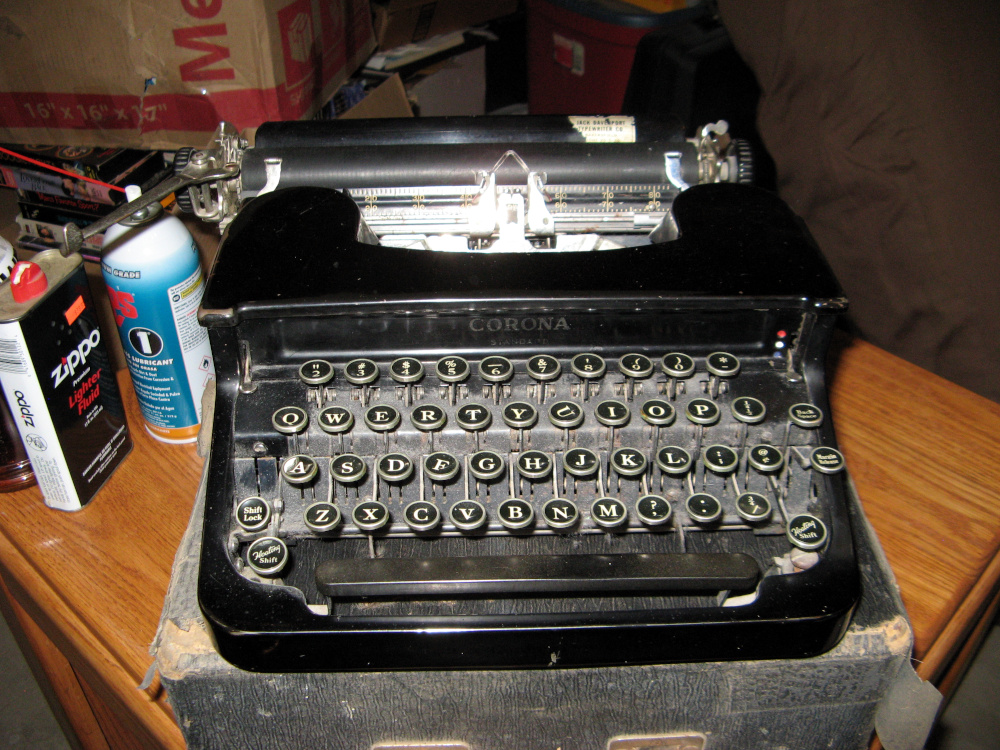 The Frozen-solid 1937 Corona Standard “Squareline”.
The Frozen-solid 1937 Corona Standard “Squareline”.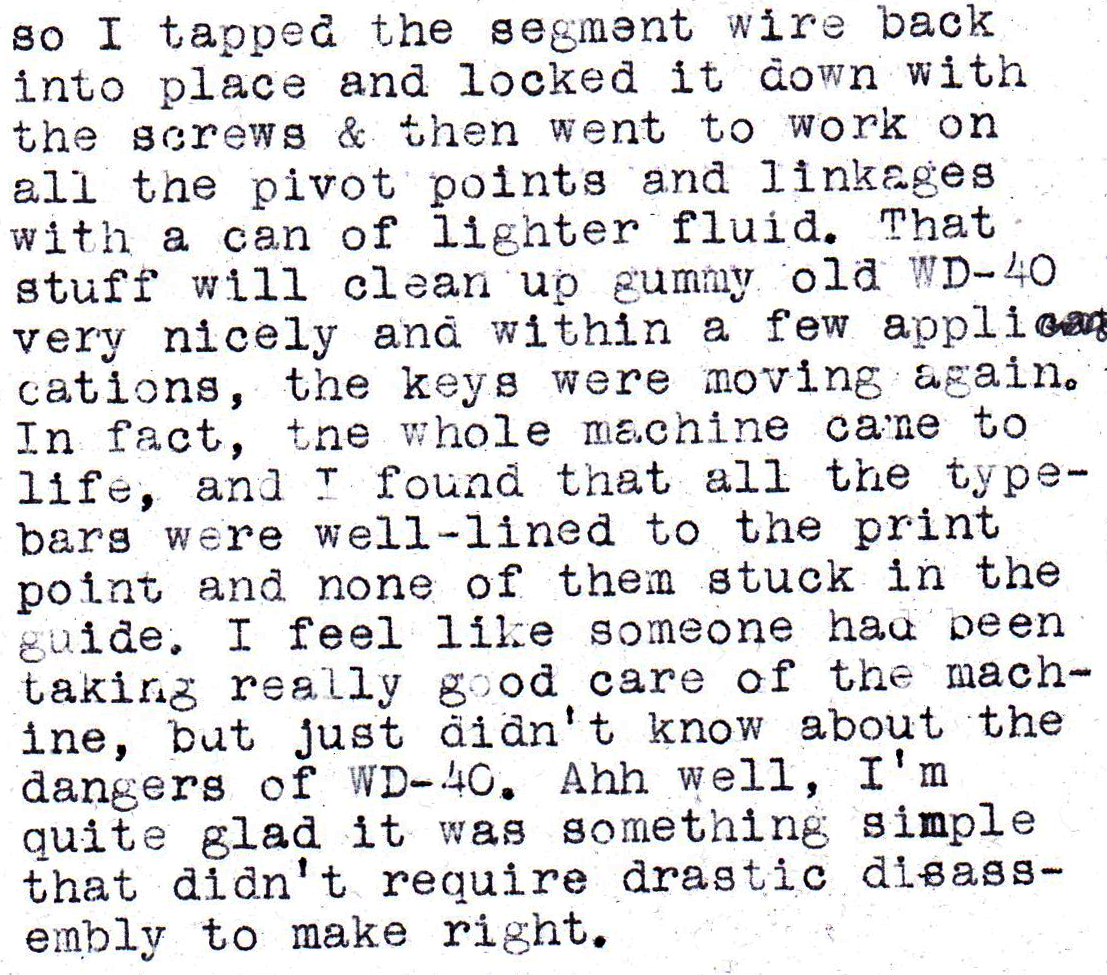
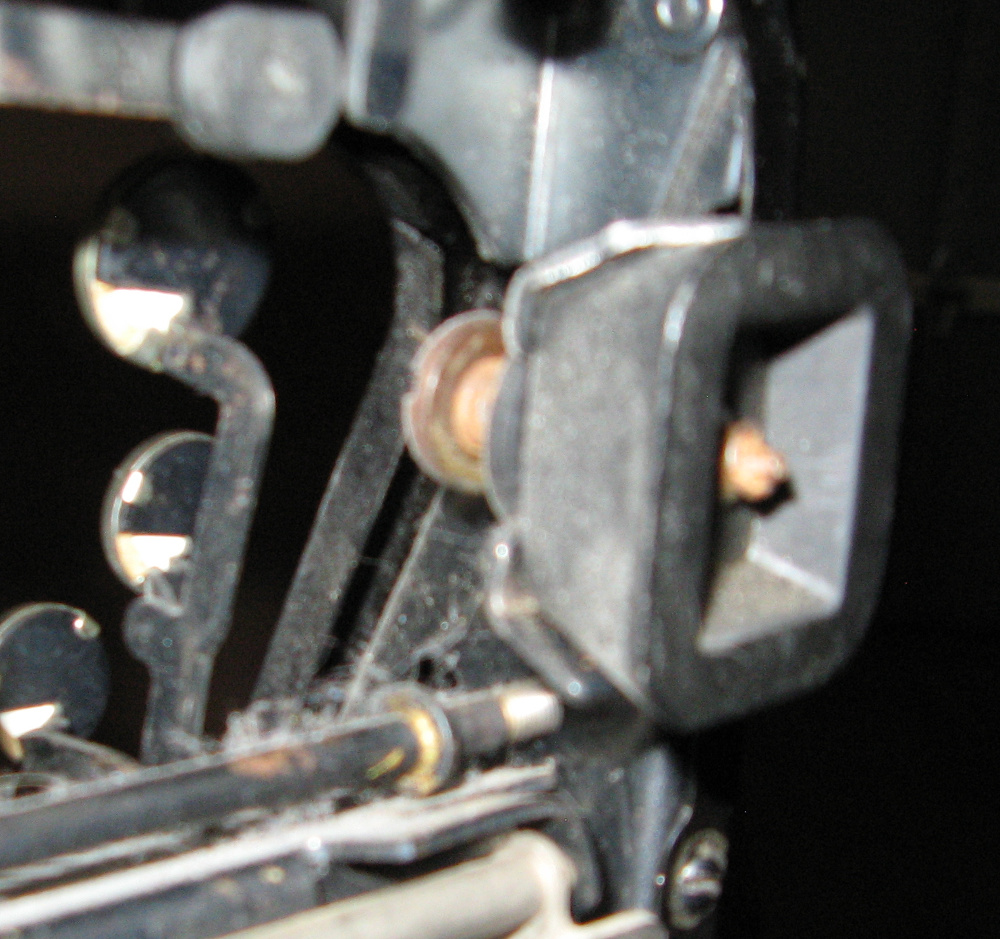
Yeah, not real sure about that giant woodscrew holding the right front foot on.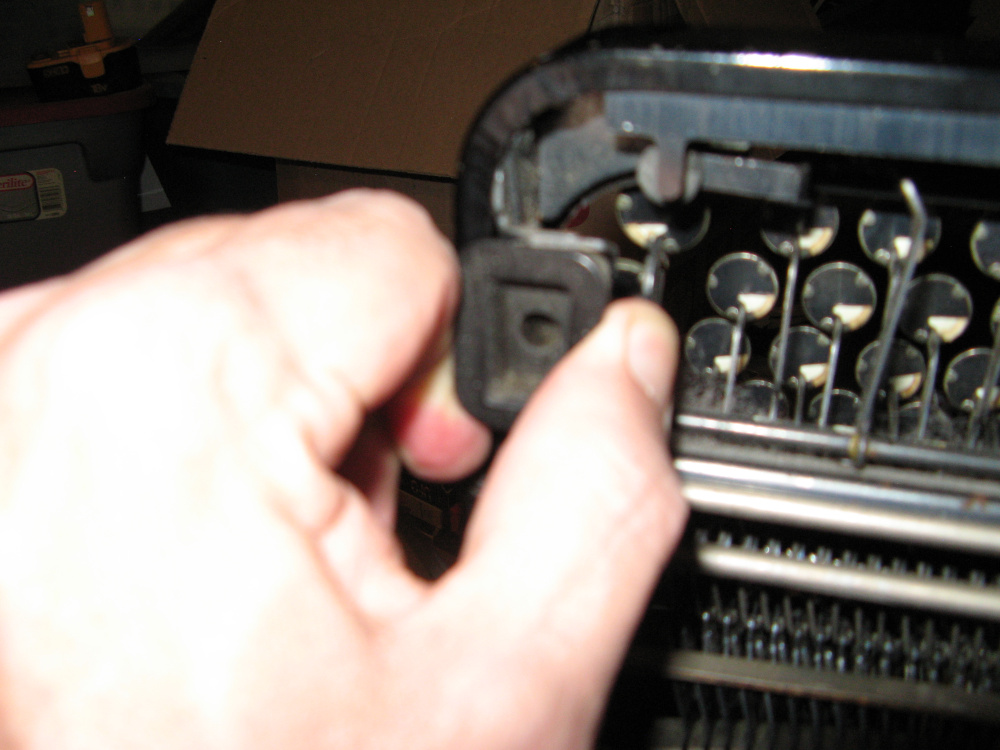
These feet had to have been replaced at some point. Totally supple and non-cracked. I do not believe they are original.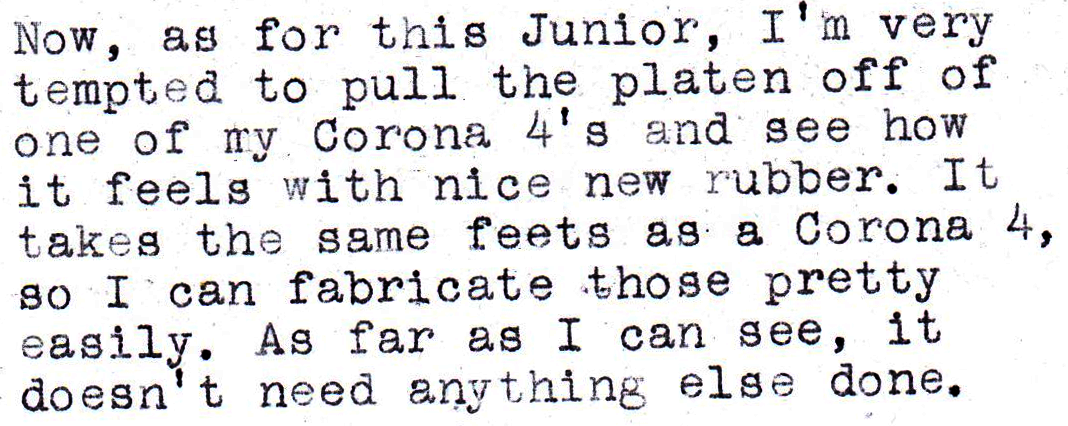
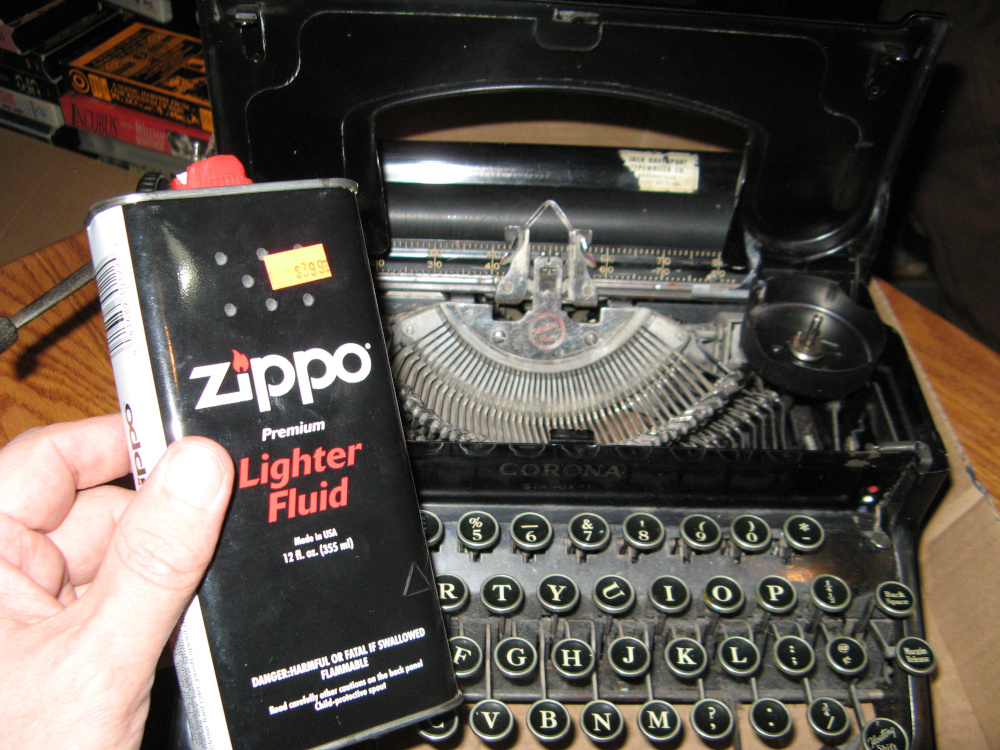
What do we do when confronted with a machine frozen solid by dried, ancient WD-40? Soak all the pivot points in lighter fluid and work the levers, then soak them again, work ’em, rinse, repeat until all levers are free again.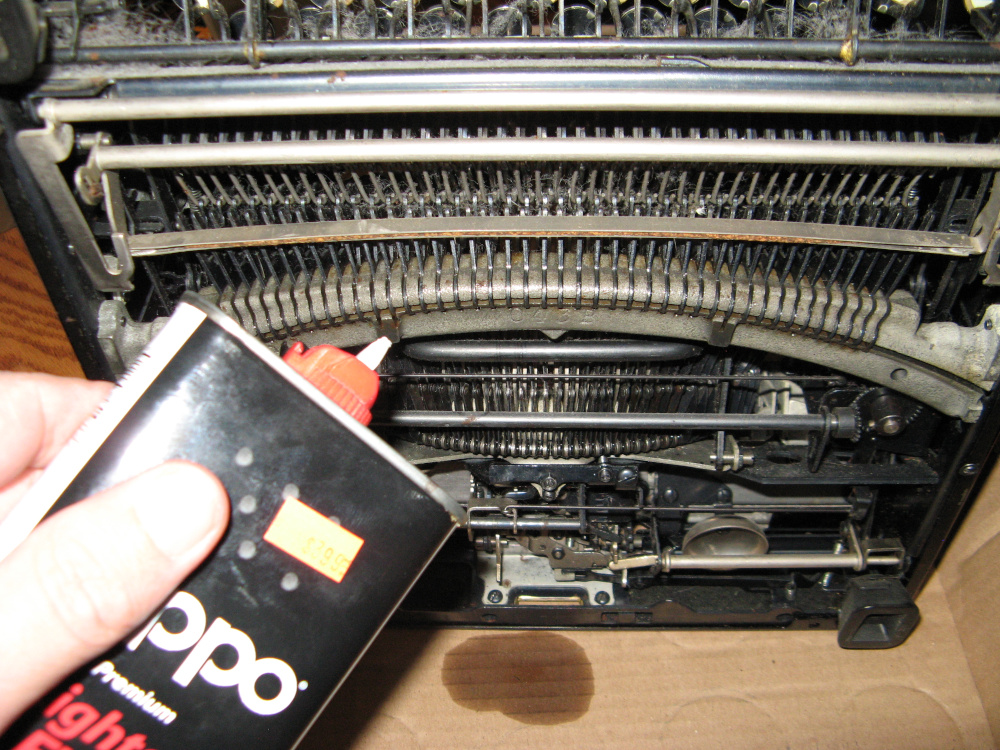
This part is usually where the worst stickiness is.
When done, blow the fluid and dirt/gummy crap out of the machine with compressed air. Don’t leave it in there to dry all over again.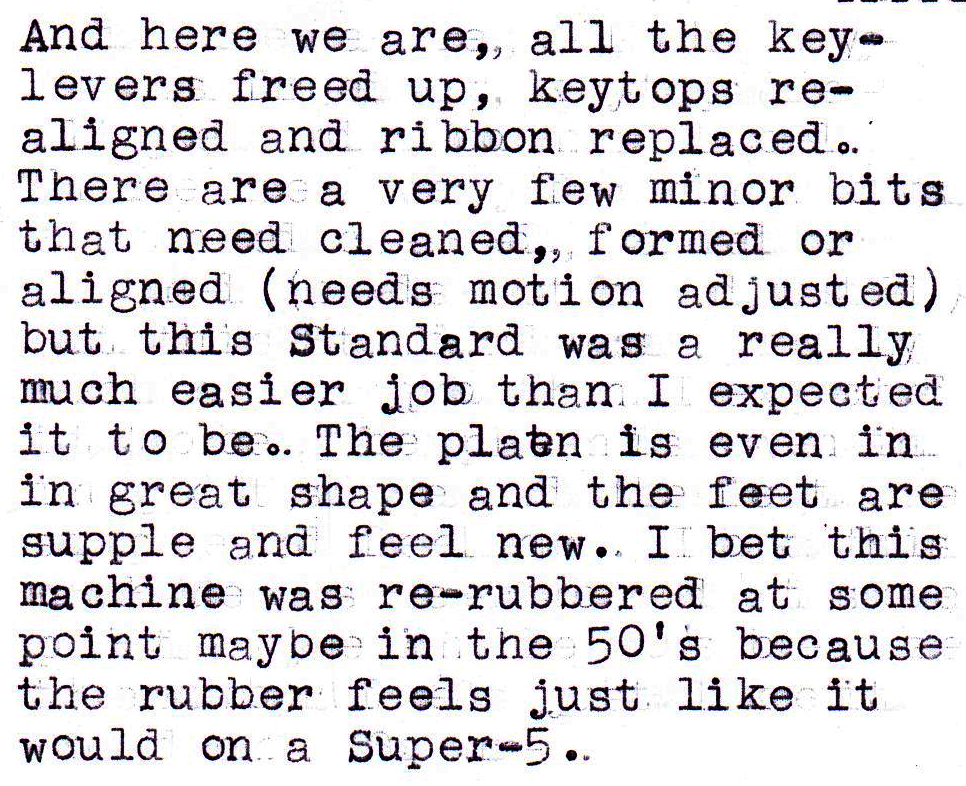
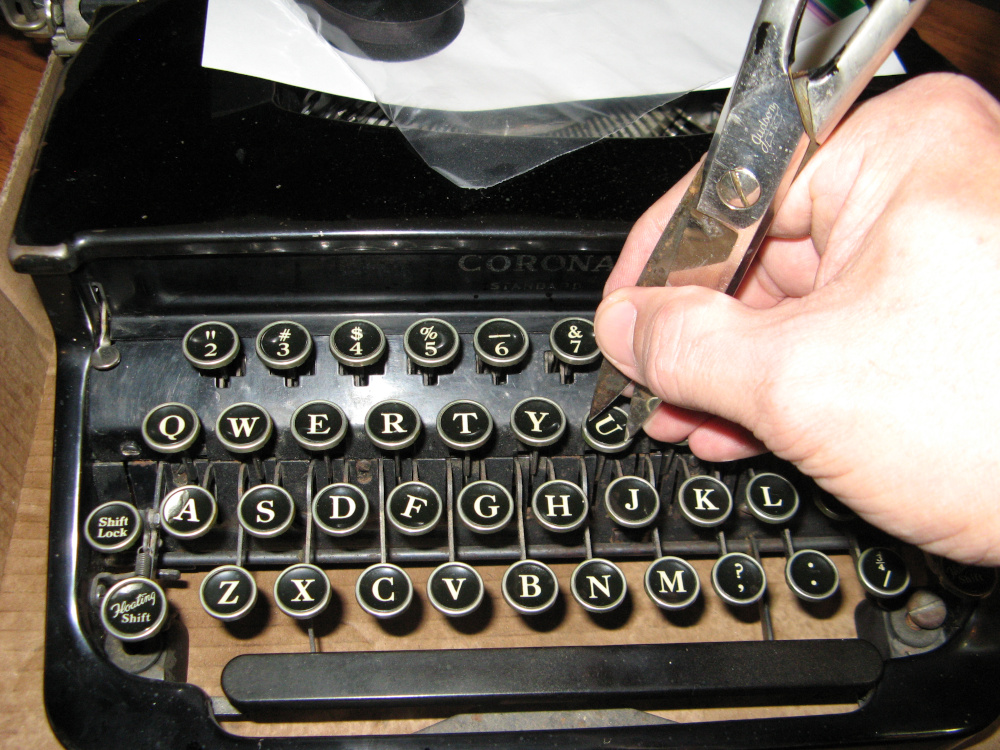
The “scissors method” of straightening crooked keytops.
All better now!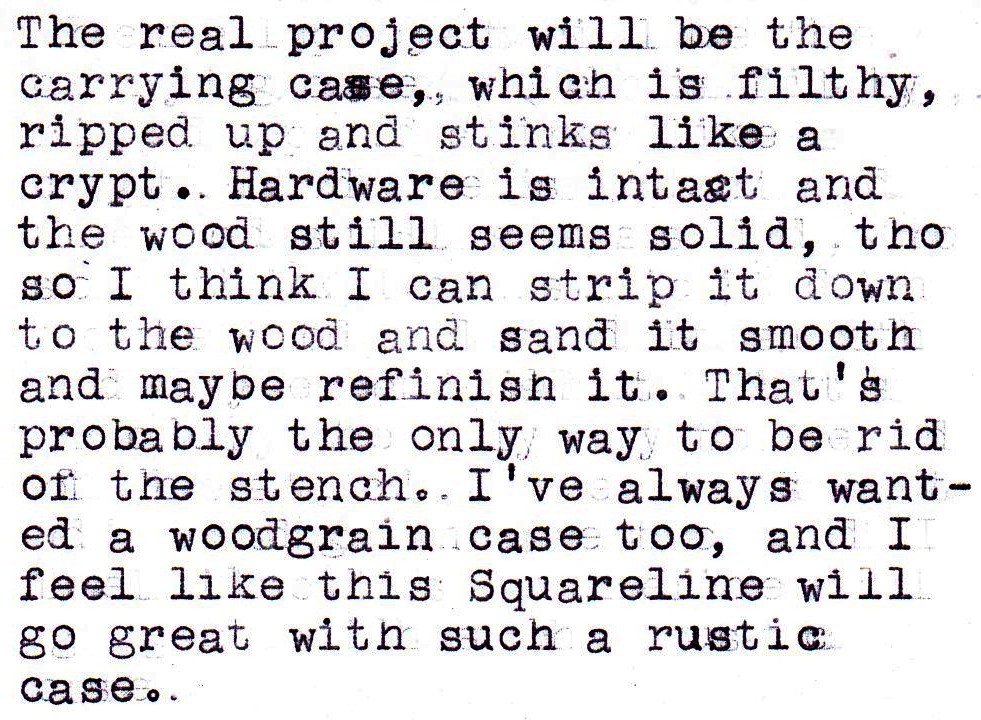
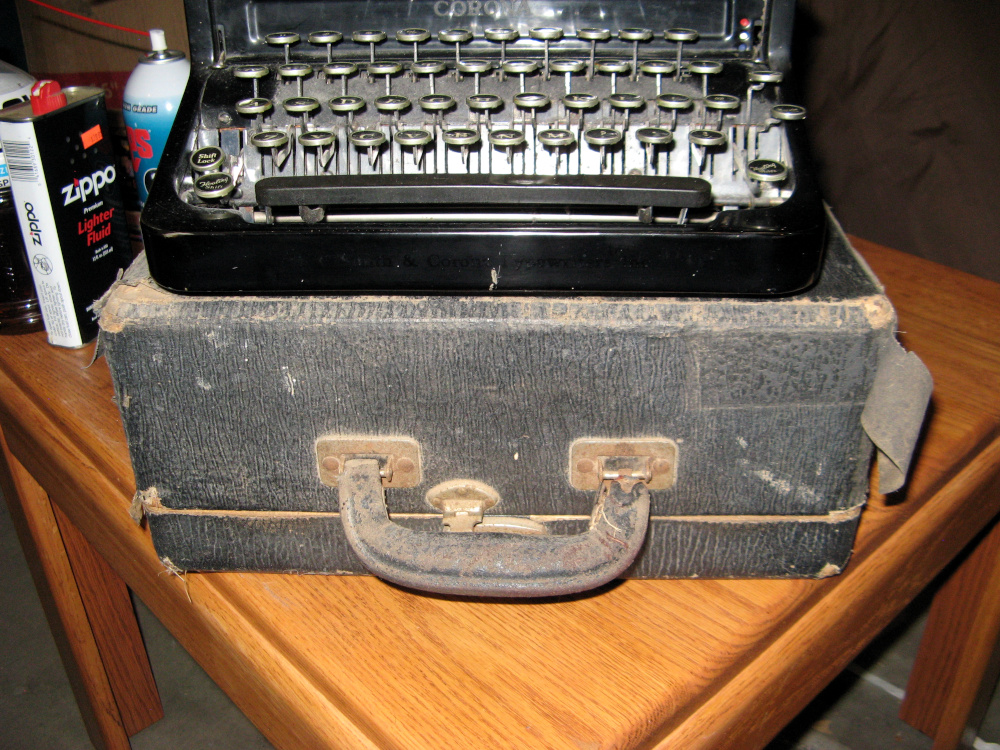
Ugh, this case is awful, moldy and full of stench. I think I can rebuild it.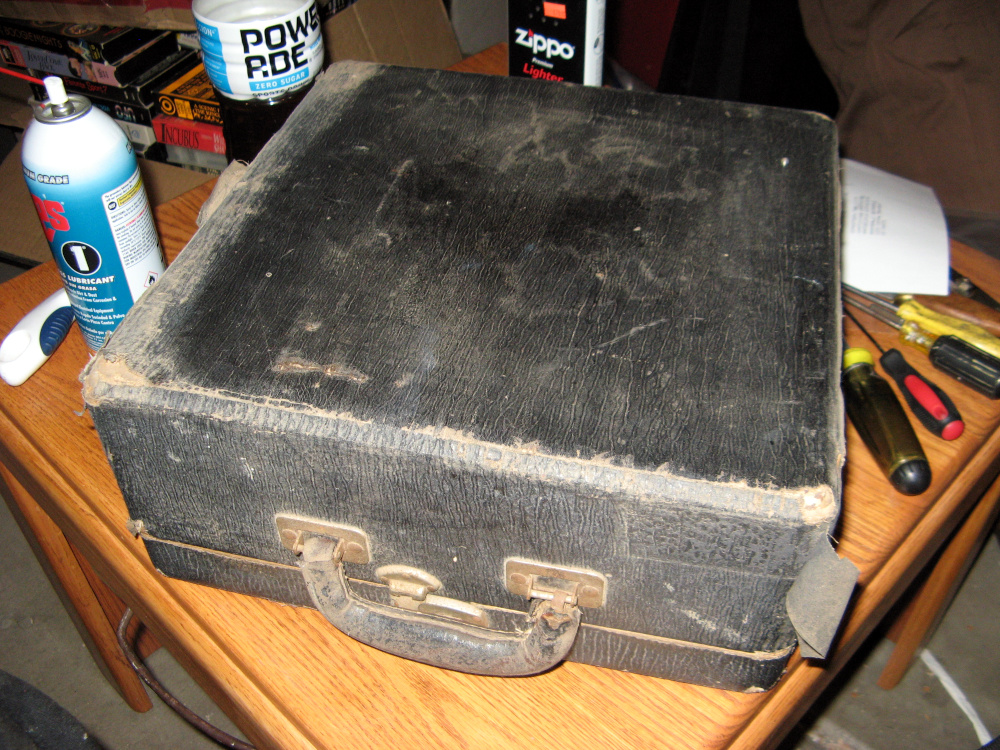
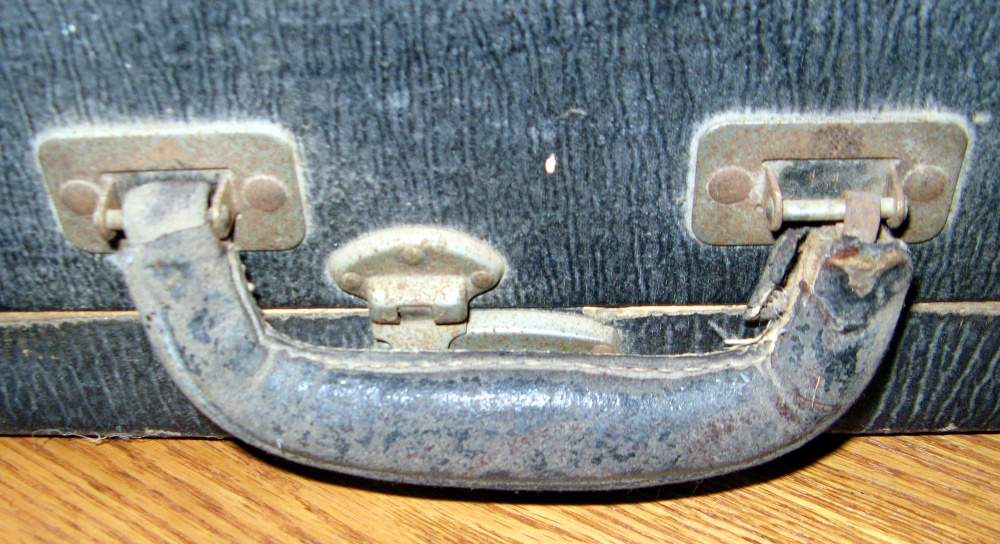
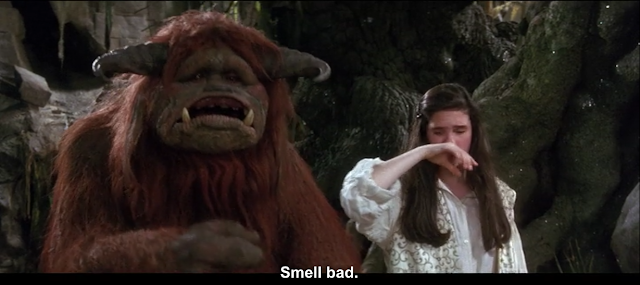
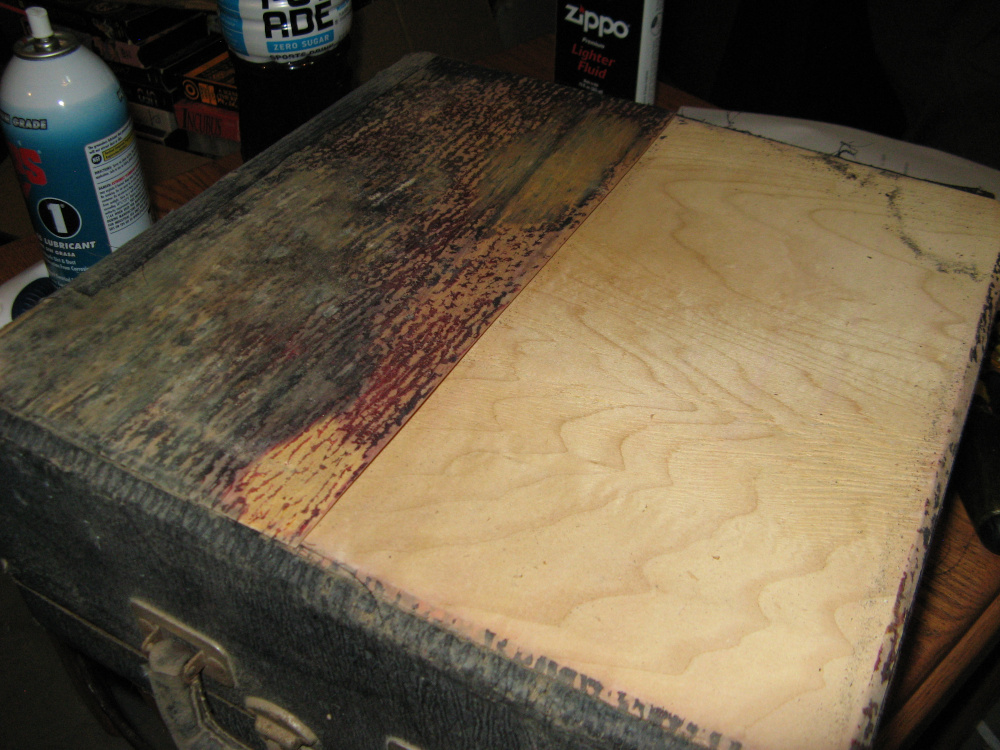
Well, even the top laminate wood is detached and warped, as is the inside laminate. Gonna have to glue that back down.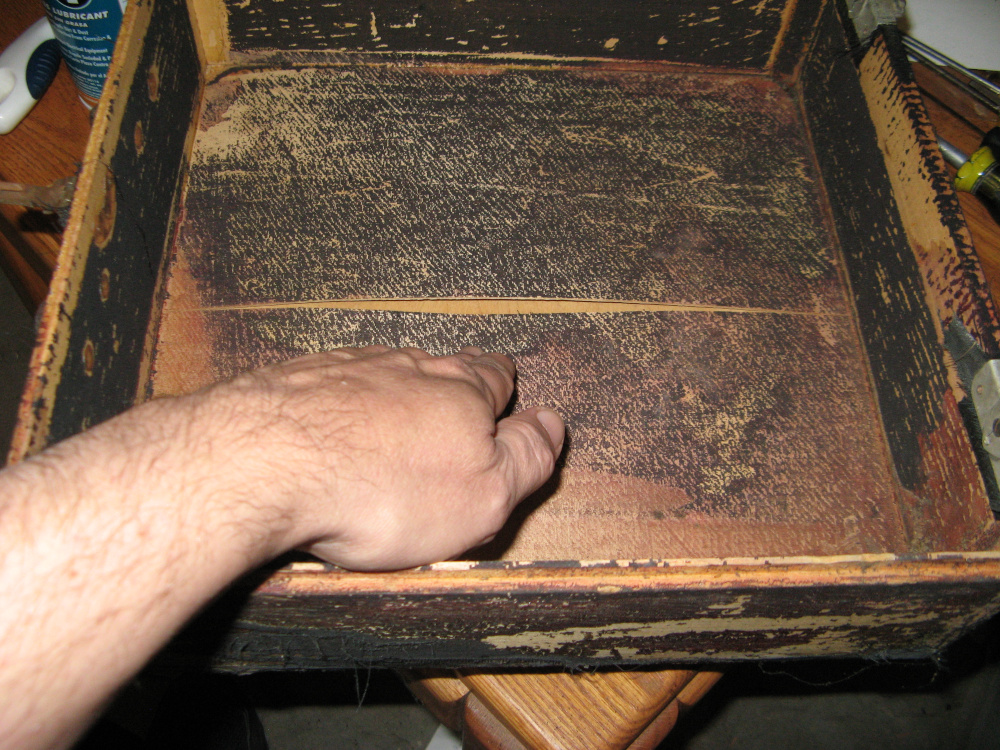
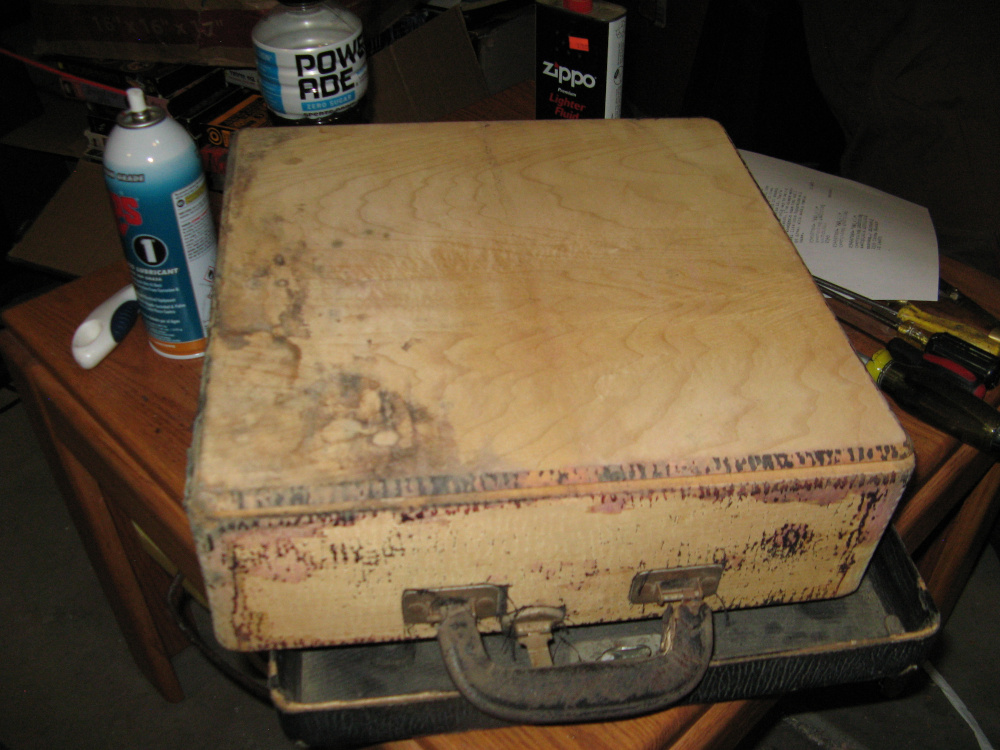
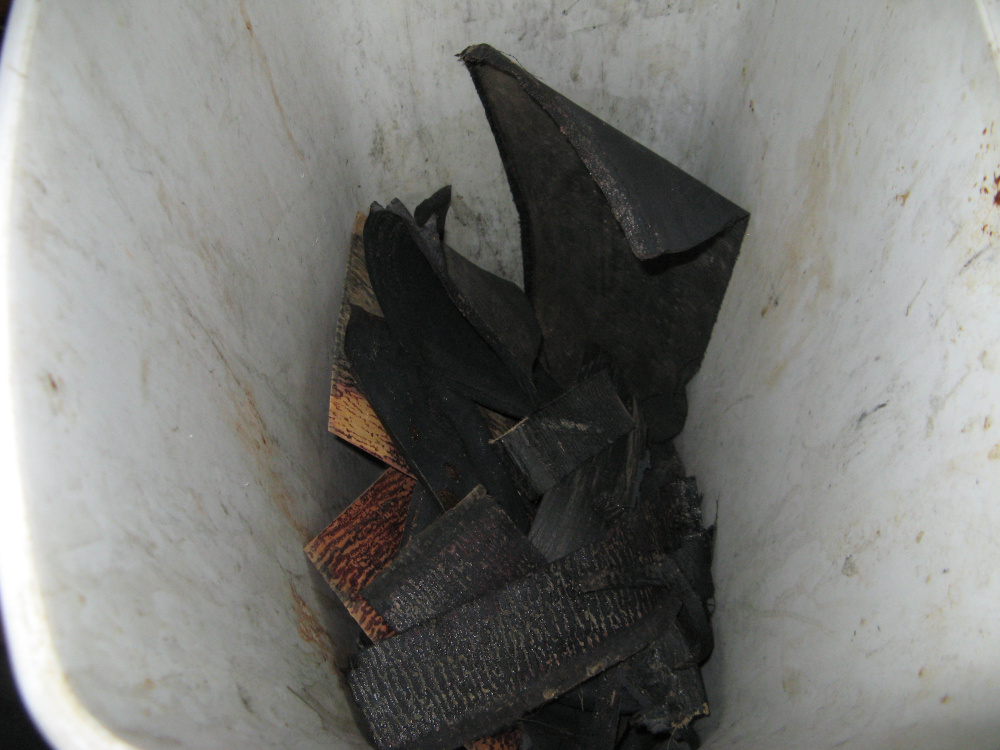
Ugh, well, that’s the nasty cloth covering off the lid anyway. Gonna need to get some sandpaper and a stripping knife to do the rest.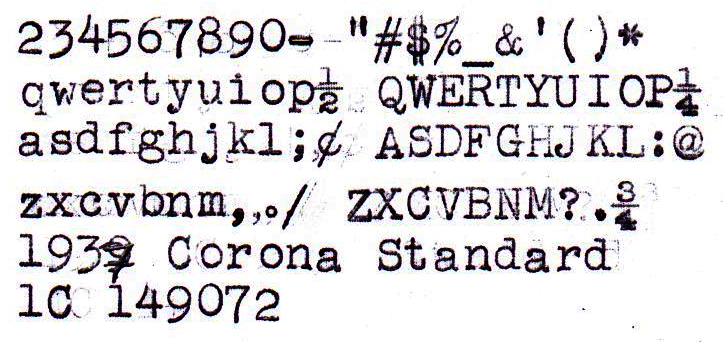

Weapon of Choice: 1937 Corona Standard “Squareline”. Yep, fully working again! (:
Nicely done, sir! Now I’m really glad I didn’t pull those keys.
I warned you about that case :). It was so bad we put it in the trunk on the way back from Tucson. Even so, it took weeks to get the stench out of the car. I guess a few years on the back porch didn’t help.
Very nice work. Looking forward to see how the case comes out.
Very nice typewriter. I used to use aviation solvent to rid typewriters of WD-40. I’ve got to try the lighter fluid method.
Videos of the typewriter repairman in NY soaking machines with WD-40 does not help prevent its use.
Sometimes those old cases clean up really nice once the covering is removed.
There are some that defend its use in the Facebook groups, but they are careful to add that you need to flush the WD-40 out with something else after using it, which is valid, but also doesn’t help with the nubs who hear “WD-40 is fine” and forget the part about flushing it out afterwards..
Great machines – nice to see how well they ‘come back’. Pity about the case, probably a mold/health and safety issue as well. (Felt in a machine can be tricky too.) For my Speedline I ditched the case, as it was pretty much transparent from woodworm – then waited a few years to get a case from another machine. Maybe today I would’ve tried refinishing – anyways; am very curious how it turns out! Good stuff (:
Hello, I am new to typewriter hunting. So far I’ve only picked up a couple of old Royals. I’ve got one here but having trouble dating it. Might you be able to help? Wasn’t sure of any other way to contact you. Sorry for intruding on this post. The Royal SN is X-616877 and it has the 2 sheets of glass on each side.
Royal 10, 1921
https://typewriterdatabase.com/royal.72.typewriter-serial-number-database
If you haven’t started on the case yet, I would suggest that you clean up and sand, then fiberglass, using a layer of fiberglass fabric on each side. The fabric will disappear when you apply the resin, and leave a transparent, extra strong finished case. (Think Chris-Craft boat.) It may add 5 or 6 oz. to the total weight. You could use black color in the resin if you don’t want the transparent look, but it will be a shiny black.